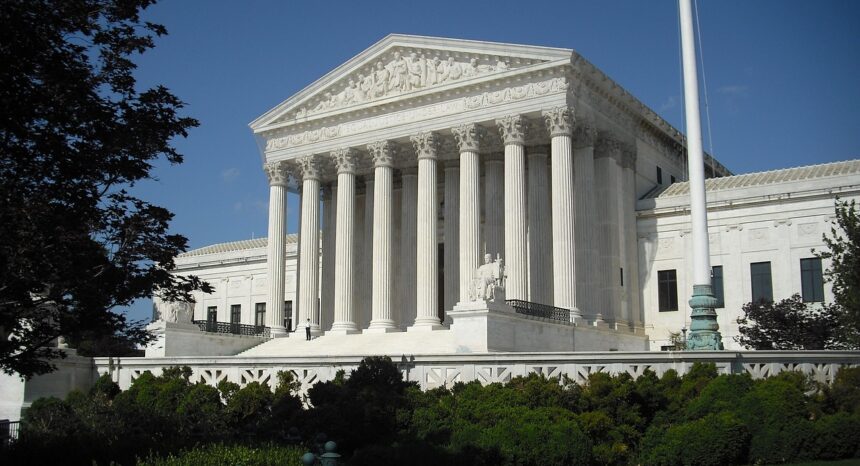One of the core ideas of American government is that coequal, separate branches serve to balance out one another, reducing the abuse of power and the potential for corruption. Though this theory can seem self-evidently valid, little research has been conducted on how the separation of powers may be stronger or weaker in particular cases.
A 2008 study from Harvard and the University of Copenhagen published in Economics & Politics, “Political and Judicial Checks on Corruption: Evidence from American State Governments,” examines data on corruption through the 1990s to compare states where a single political party controls the executive and legislative branches with those where power is divided. The researchers look at how the state judiciary — which can be elected or appointed, or a mix of both — affects these dynamics. The study also accounts for the partisan affiliation of elected judges, where appropriate; for appointed judges, it tracks the party affiliation of their legislative or executive backers.
The study’s findings include:
- The data suggest that “divided government reduces corruption, that having some form of elected judges probably reduces corruption, and that the interaction effects suggest that divided government and elected judges are substitutes in controlling corruption.” This finding “confirms the popular perception of divided government as providing a system of checks and balances between the executive and legislative branches.”
- “The effect of elected or accountable judges is particularly strong when government is unified, which is exactly when government cannot or does not always control itself. Thus, in this case the judiciary provides a check on the powers of the two other branches.”
- “The judicial selection procedures are of less importance in the …. case with divided government and thus no collusion among the branches.”
- When the judiciary has been selected from a party in opposition to the party then controlling the other two branches, the effect of lowering corruption is strongest.
- Overall, the study demonstrates how “institutional separation of powers does not always imply a functional separation of powers if institutional actors can collude, something for which political parties provide a natural forum.”
The authors conclude that the results supporting an elected judiciary “may contradict a long-standing belief in the court reform literature that appointed courts are more independent.” However, “different notions of judicial independence” may be at work. Indeed, appointed state courts “may not be independent from either business and other interest groups or the executive branch of government due to the bundling of the political choice and judicial selection. This independence can be achieved by elected courts, though at the risk of judges pandering more to public opinion, which may or may not be desirable from a welfare point of view.”
In related research, a 2011 report from NYU’s Brennan Center for Justice, “The New Politics of Judicial Elections,” notes how emerging campaign spending dynamics are influencing state courts in a negative way: “The story of the 2009-10 elections, and their aftermath in state legislatures in 2011, reveals a coalescing national campaign that seeks to intimidate America’s state judges into becoming accountable to money and ideologies instead of the constitution and the law.”
Tags: crime, law, corruption


Expert Commentary